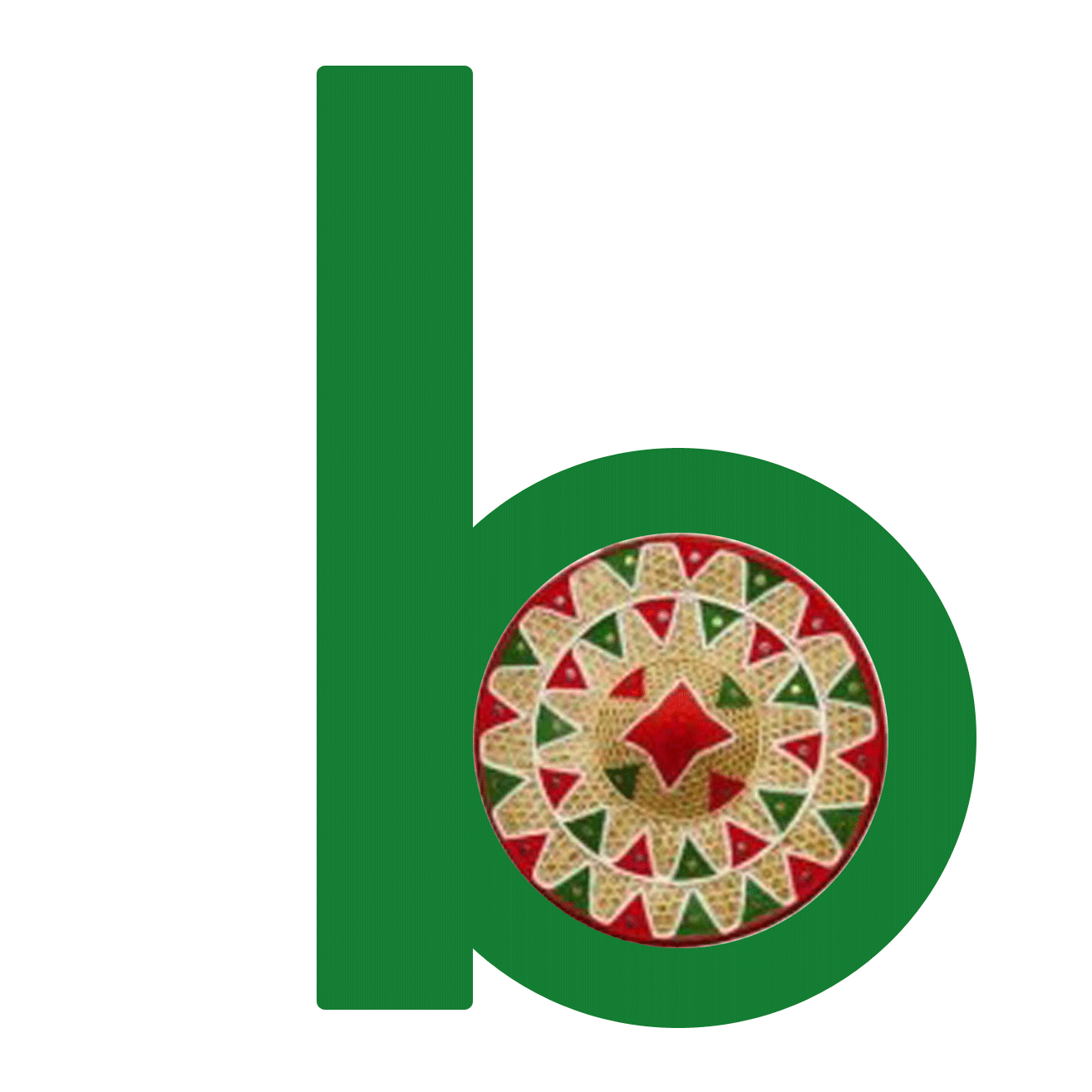ALI AYE LIGANG: The sowing festival in Mising Society
The literary meaning of ALI AYE LIGANG stand for first sowing of roots and fruits in which ‘ALI’ stands for seeds. ‘AYE’ for Fruits in which ‘LIGANG’ for sowing. Lives started in the Mising people from time immemorial as agriculturist. Roots and fruits were their staple food of livelihood in the hills. Because of influence of Aryan culture in the plains their ways of living have been changing gradually and rice cultivation has become a part of their agricultural production. Whether jhuming or ploughing was employed. ‘AHU’ paddy was their principal product and such the oncoming of the ‘AHU’ and ‘BAU’ season is marked with the celebration of “ALI AYE LIGANG”. It marks the beginning of agricultural cultivation. Prayer, dance and feast are integral parts of festival. In the past, the date of celebration of ‘LIGANG’ was not a fixed one. Variation being depended on the convenience of the locality, their social structure and geographical situation as well. Because of the spread of education and touch with the modern civilization, the feeling of unity has come to the mind of Mising people. In 1956, an unanimous decision to celebrate the LIGANG festival was taken by Mising “NANE KCBANG” (Biggest Socio-Cultural and Economic organization). In the KCBANG the date to celebrate the festival was decided to be on the first Wednesday of the month of phagun. Which is considered an auspicious day. The Mising people believe the day as LAKSHMI day. And on that day the head of the family marks the sowing of seeds in their respective fields. The head man of each family goes to the field with a handful of seeds, a YOKPA, APONG, PURANG, TAKE, PEERO, SI-PAG, SI-PAG ONNO preferably carrying in a VGVN (cone shaped structure made of bamboo etc.). using YOKPA he clean a small patch of the land in the eastern part of the field and is decorated with the PEERO and SI-PAG ONNO in a square of a circular patterns (size about 2feet x 3feet). The APONG, PURANG, TAKE and SI-PAG are placed at appropriate places within the decorated area then the seeds are sown over the area and chant the forefathers ‘SEDI MELO, KARSING-KARTAG, DO:NYI-PO:LO etc. to bear witness the sowing seeds into the womb of mother earth for abundant crops, good harvest etc. After the chanting and the sowing of the seeds, they promise to share the harvest amongst the benefactors and the beggars. In this way- LIGANG starts and headman returns home. This is completed usually in the forenoon. In the daytime, the women get busy preparing APONG and PURANG. Both are essential items of LIGANG. The two varieties of APONG existing in the community are prepared (NOGIN and PO:RO) in sufficient quantities for guest and visitors. PURANG is the special inevitable item of LIGANG. The elders and visitors irrespective of age, sex and social status are served with PURANG, APONG and delicious curry prepared usually with fish. In this way feasting continues throughout the village. In the evening hours the head of the family again pray their forefathers including ‘KOJE YANGO (Goddess of fertility). After the feasting-merry making starts in the form of GUMRAG SO:MAN. GUMRAG SO:MAN is a combination of dance and beating of drums and cymbals. The Mising people believe that Lakshmi will satisfy and bless for good harvest if GUMRAG SO:MAN is performed on the LIGANG day. Hence it is basically an appeasing dance of the Goddess of fertility. People of the village young and old irrespective of sex can take part in the PAKSONG MOMAN (Dance Song). Usually the youth take the lead and dance follows the rhythmical tunes of the drums and cymbals. But the most characteristic feature of the GUMRAG in LIGANG is the wearing of woven dresses of the participating youths reflecting their culture self image and identity. The menfolk wear GONRO UGON, MIBU GALUK and DUMER and the womenfolk wear EGE, RIBI GASENG, GERO SEGREG etc. then the womenfolk with their fine movements enact paddy transplanting and harvesting in dance of the expressive drum beats by the young men. GUMRAG dance is accompanied by appropriate songs also. GUMRAG SO:MAN usually last the whole night. In some village house to house dance is replaced by single GUMRAG SO:MAN collectively by the village people. The villagers observe a period of abstinence from field works ranging fron one to three days and breaks it known a ‘YODLEN KUNAM’ by instituting a brief function calling upon the Forefathers. This marks the ending of ALI AYE LIGANG and the people start devoting their time in the field works of cultivation. The celebration of ALI AYE LIGANG not only reflect the socio-cultural identity of the Mising people, but also has a definite role in the cultural convergence with the greater Assamese society. At present, the educated Mising people living in cities and towns, use to celebrate the festival in town halls, auditoriums etc. inviting GUMRAG parties from different localities. With a great deal of enthusiasm. It signifies their feeling to focus other people enabling to understand the significance and importance of ALI AYE LIGANG.
Link-http://misingonline.blogspot.in/2009/07/ali-aye-ligang-sowing-festival-in.html




















really very nice